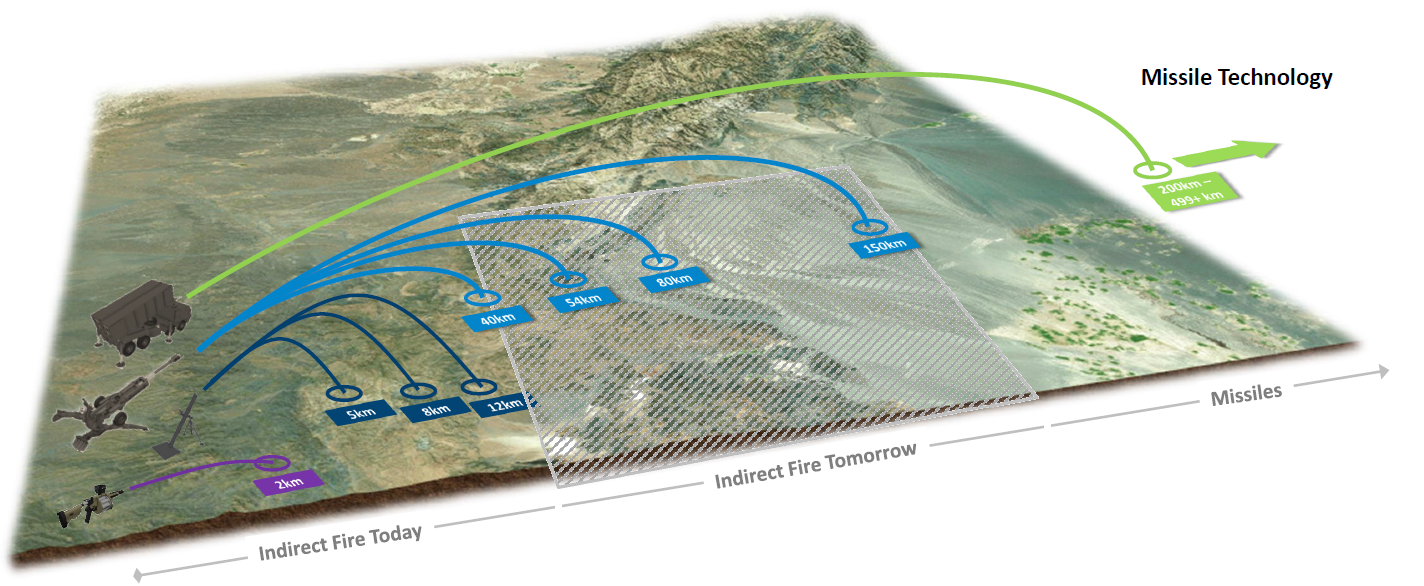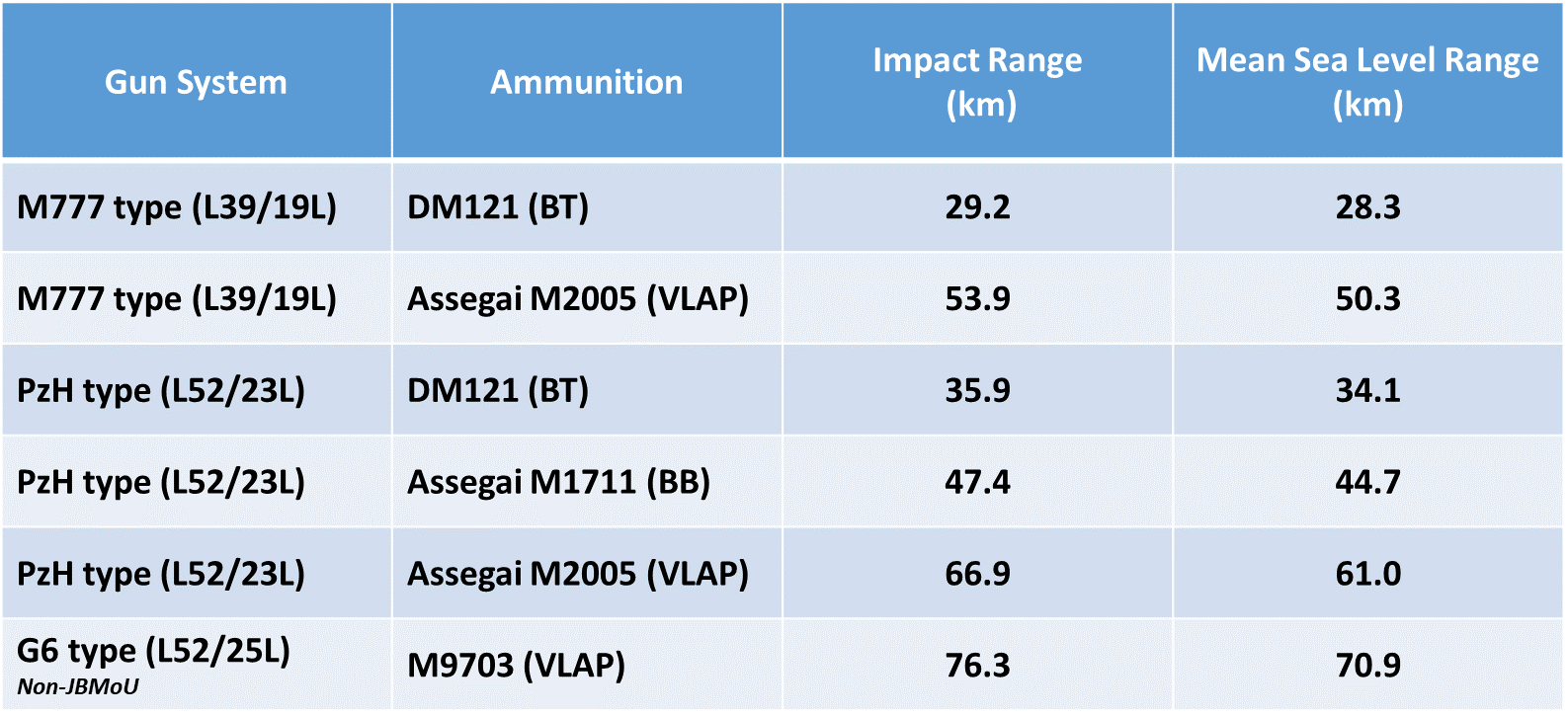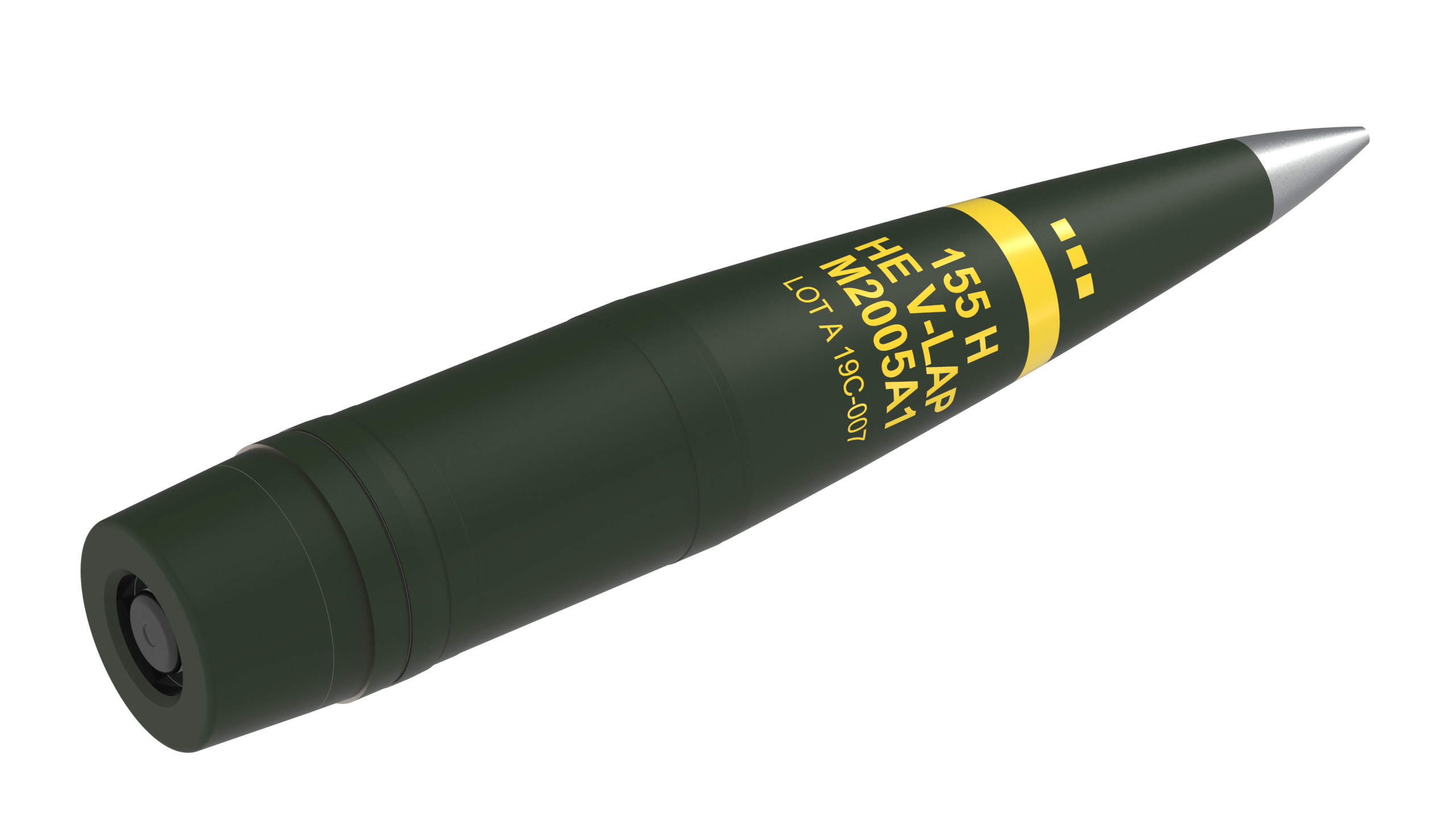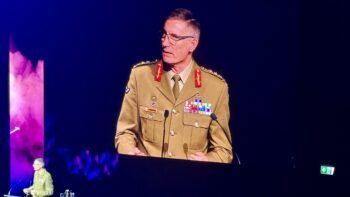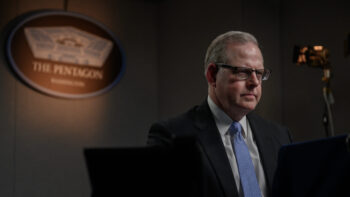In 1896, Heinrich Ehrhardt, a German engineer and entrepreneur, patented the recoiling barrel system and started a revolution in field artillery. Nearly 125 years later, the company he founded, Rheinmetall, remains a global leader in the development of artillery solutions. Today, Rheinmetall continues to set the standard of excellence for the highest priority modernization needs of artillery systems, particularly in key aspects of long-range precision fires – firing systems, cannon-delivered projectiles and propellants. Rheinmetall’s PzH2000 52-caliber length (L52) 155mm howitzer tube is widely considered the best in its class and the celebrated Assegai family of 155mm munitions, paired with Rheinmetall’s new Extended Range Top Charge propellants, have substantially outperformed conventional artillery systems in recent live fire testing.
Today the US Army is determined to modernize its fires capabilities – of the Army’s “Big Six” modernization efforts, Long-Range Precision Fires is number one. US Artillery has suffered years of neglect, particularly during the era of near constant counterinsurgency operations. As the National Defense Strategy has rightly pivoted to a new era of Great Power Competition focused on countering near-peer adversaries, the Army has acknowledged the unacceptable artillery range and lethality disadvantage that opened between it and potential adversaries. The Army is responding by heavily investing in improving the lethality and overmatch of its fires portfolio across the tactical, operational and strategic levels, as reported by Sydney J. Freedberg, Jr., of Breaking Defense.
Recognizing challenges ahead for Western militaries, Rheinmetall has consistently invested in the artillery portfolio over the last 20 years. As armies now return to address the capability gaps that emerged, Rheinmetall has products and technologies that are ready now to solve the challenges of next-generation artillery fires such as those being confronted in the US Army’s Extended Range Cannon Artillery (ERCA) program. Rheinmetall’s unmatched horizontal and vertical integration in weapon systems, charges and ammunition enable it to offer extended range artillery solutions today that deliver greater than 60km ranges with conventional 155mm munitions. In the very near future, Rheinmetall will achieve greater than 80 km firing ranges.
Rheinmetall not only modeled these ranges, but also demonstrated the extended range capability in a November 2019 Long-Range Capability Demonstration (LRCD) conducted in the presence of international partners and customers at Alkantpan Test Range (ATR) in South Africa.
The LRCD generated three world-record-worthy range achievements. Rheinmetall’s integrated solutions achieved an astounding 76 kilometer range with the G6 Howitzer (L52 / 25L) test platform at ATR – the longest known distance with conventional 155mm ammunition in history. Using Rheinmetall’s PzH 2000 gun system (L52 / 23L), Rheinmetall achieved a range of 67 kilometers. The G3 Towed 155mm L39-system resulted in a range of 54 kilometers. In comparison, the US Army’s XM1113 Increment 1 projectile program is designed to achieve 40 kilometers range from a L39 system to replace the legacy M549A1 RAP’s current 30 kilometer range.
These three triumphs were the result of combining the newly developed Top Charge propellant from Nitrochemie Group (a Rheinmetall subsidiary) and Velocity-enhanced Long-Range Artillery Projectile (V-LAP) ammunition from Rheinmetall Denel Munition. The combination of Top Charge with conventional in-service boat-tail and base-bleed ammunition (such as the DM121 and M1711 artillery rounds) resulted in significant 10%+ range increases. The LCRD validated the lethality and overmatch that in-service self-propelled and towed systems can achieve with Rheinmetall’s next-generation artillery technologies.
The LCRD, however, focused on achievable range, not precision. While the inclusion of course-correcting fuzes, like PGK, is therefore necessary for achieving precision when firing extended distances, PGK fuzes generate a penalty in the form of increased drag and a loss of range. The excellence of Rheinmetall’s Top Charge proves critical, in this regard, because it creates sufficient launch velocity for the projectile to compensate for this range loss while achieving a high degree of accuracy.
Integrating Rheinmetall’s Top Charge and V-LAP technology would allow the US Army to meet lethality and overmatch requirements it seeks today for its M109A6/A7 and M777 fleet. In fact, if integrated in a non-JBMoU firing system, like the US Army’s M1299 ERCA platform that the US plans to put in service in FY2023 and features a L58 tube and larger chamber volume, it’s expected that this combination would achieve ranges even greater than what was displayed at the LRCD, and likely exceed current ERCA requirements.
Over 120 years after Heinrich Ehrhardt began delivering world-class artillery solutions to the market, Rheinmetall’s holistic approach to innovation – from gun tube, to projectile, to propellant – guarantee it will sustain its renowned heritage of delivering cutting-edge, next-generation artillery technology. As customers scramble to make vitally needed artillery modernizations, Rheinmetall’s world-class technologies have high technical readiness and are available today to ensure lethality and overmatch on today’s and tomorrow’s battlefield. American Rheinmetall Munitions, headquartered in Stafford, Virginia, provides a conduit for the US Army to access these technologies across Rheinmetall’s global enterprise and to charter a course for fully American solutions and production, including leveraging key partnerships such as those Rheinmetall maintains with US defense industrial and technology leaders Day & Zimmerman International and Northrop Grumman.

















